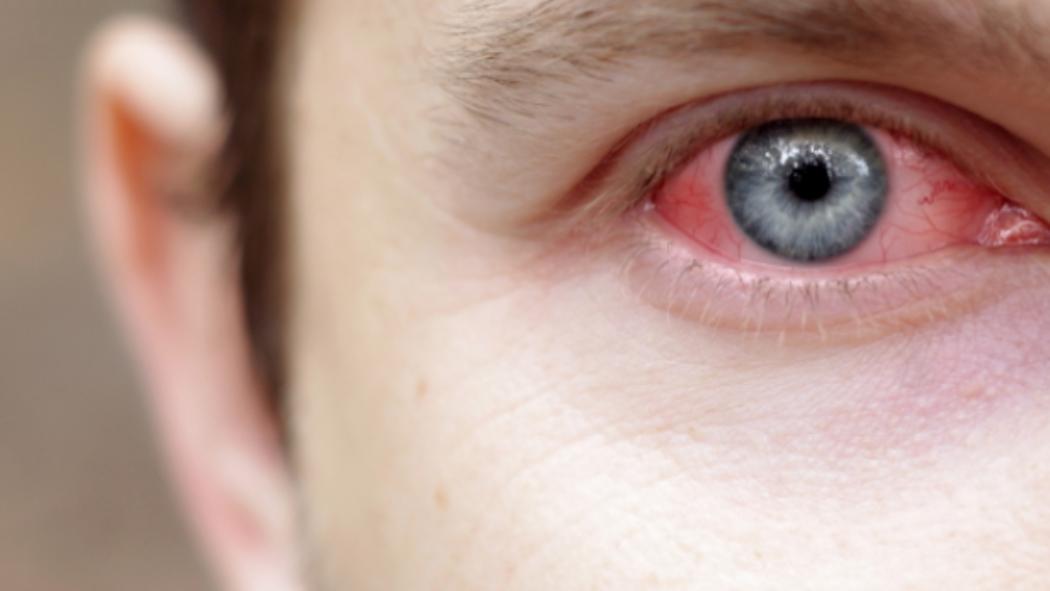What causes red eyes?

What causes red eye?
Red eye is caused by swollen or dilated blood vessels on the white outer surface of the eye. It has many possible causes. You may also have pain, itching, discharge or visual disturbances. If you are concerned about your red eye, the best first step is to consult your optical practice or failing this seek medical advice. In some areas you can also access a Minor Eye Conditions service at local optical practices free of charge on the NHS.
Red eye but no pain
A bright red painless eye could be a subconjunctival haemorrhage. A tiny blood vessel in the sclera, the white part of your eye may have broken, causing a thin layer of blood to leak out across the sclera, underneath the clear conjunctiva that covers the whole eye. This could have been caused by straining, coughing or injuring your eye. It looks alarming, and can appear worse if you’re taking medication like aspirin or warfarin as these reduce the blood’s ability to clot. It is not usually serious. This type of red eye should clear up on its own within a few weeks as the blood reabsorbs. The blood may change colour as it reabsorbs. If you are concerned about your red eye, the best first step is to consult your optical practice or failing this seek medical advice. In some areas you can also access a Minor Eye Conditions service at local optical practices free of charge on the NHS.
Red eye with pain
If your eye is red and painful you should seek advice as soon as possible from your optical practitioner, or failing this seek medical advice. In some areas you can also access a Minor Eye Conditions service at local optical practices free of charge on the NHS. You can also access a hospital eye emergency service, depending on what operates in your area.
Southern Primary Eyecare Assesment and Referral Scheme
A Minor Eye Conditions’ Service is a new NHS service that allows local opticians and optometrists to check minor, recent eye problems. You can call in to a SPEARS accredited opticians if you have a red eye or eyelids, irritated, gritty or uncomfortable eyes, a sticky discharge, a painful eye, issues with eyelashes, recent and sudden loss of vision or a foreign body in the eye. This service is available in some but not all parts of the UK. It is not suitable for people who are already having eye conditions treated or monitored at the hospital.






